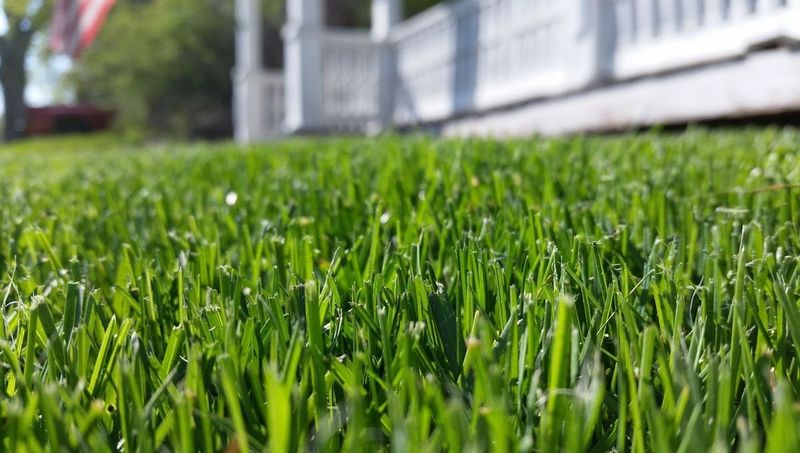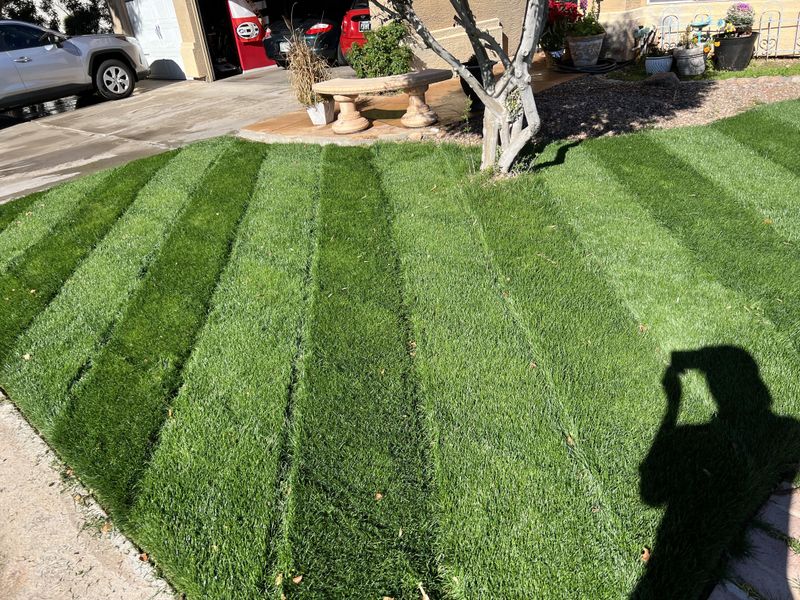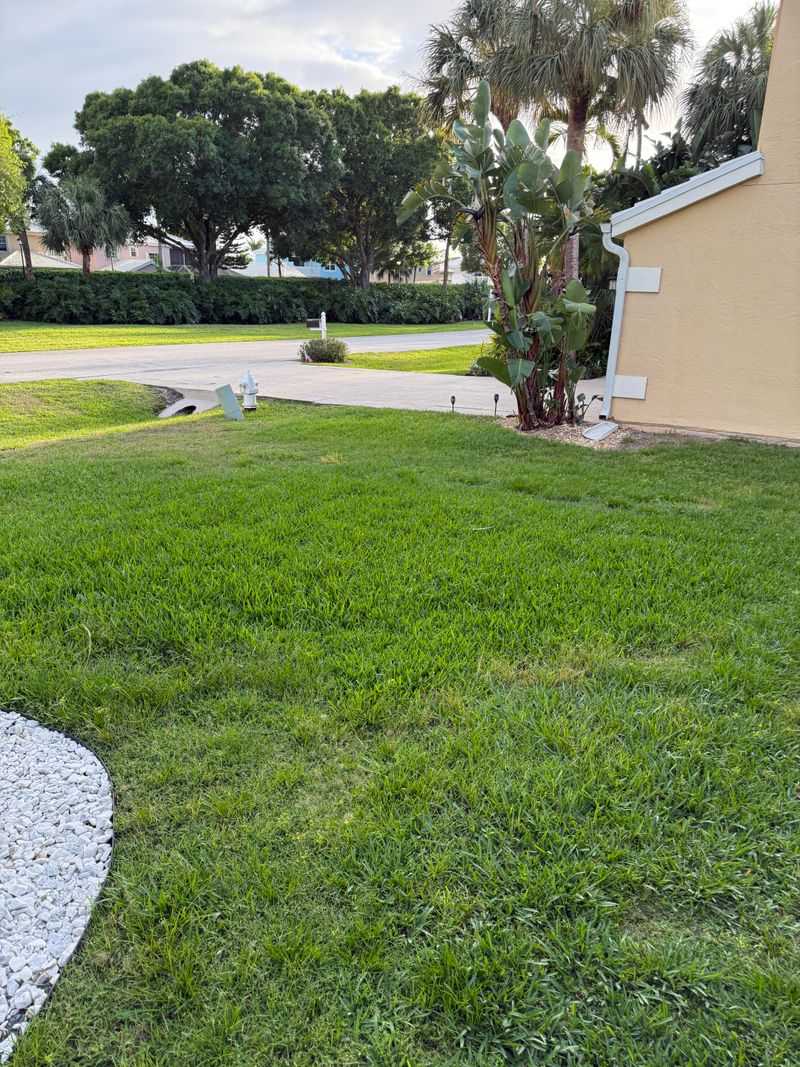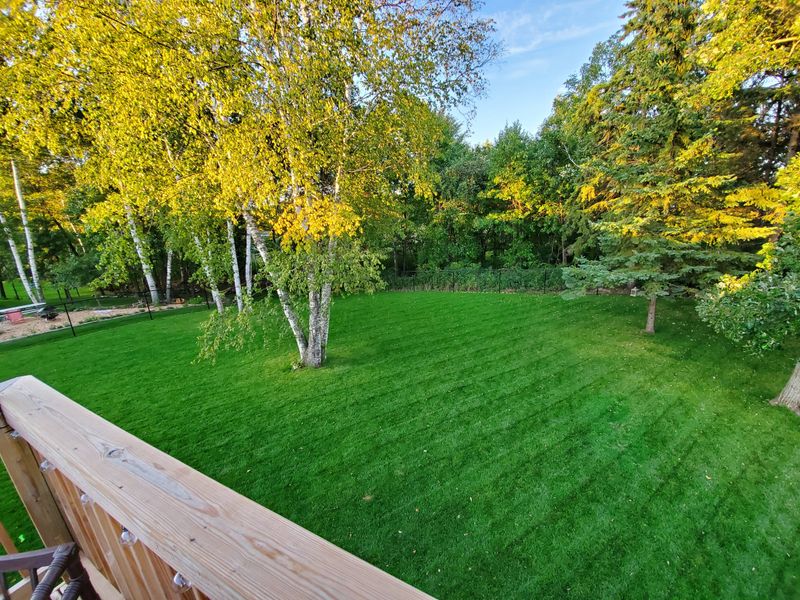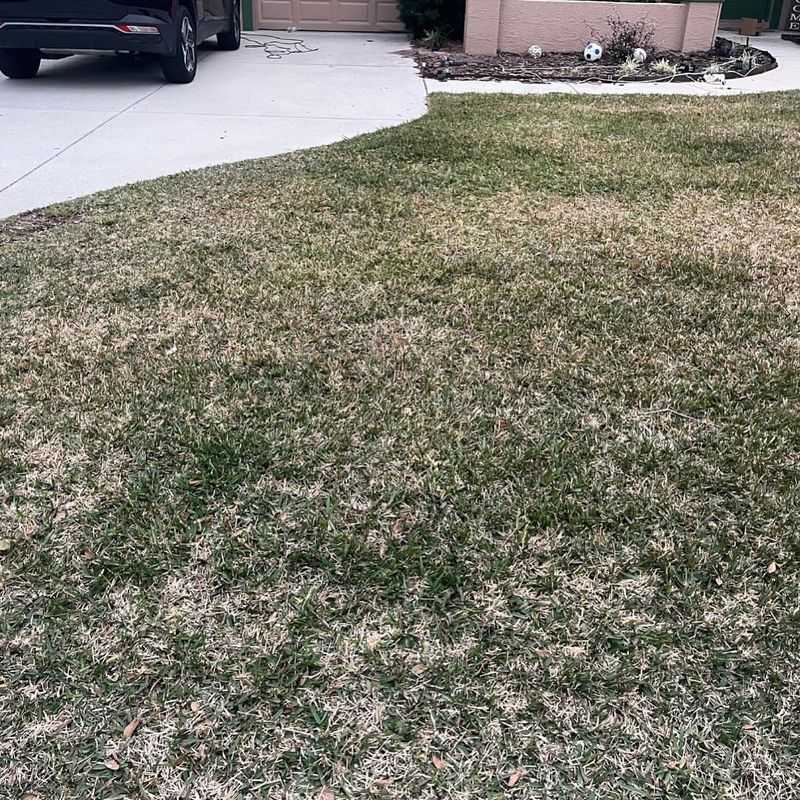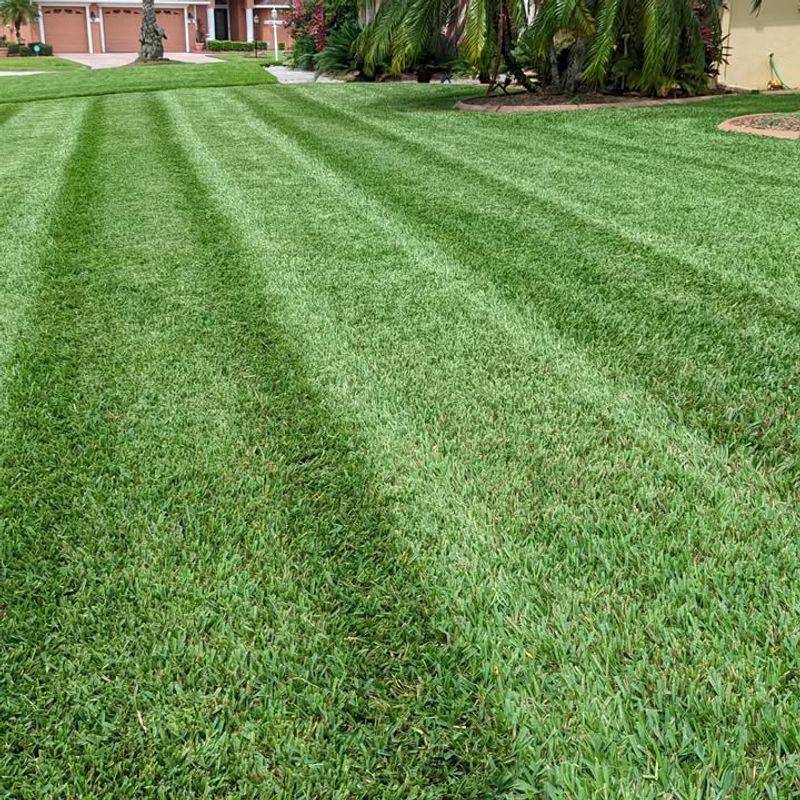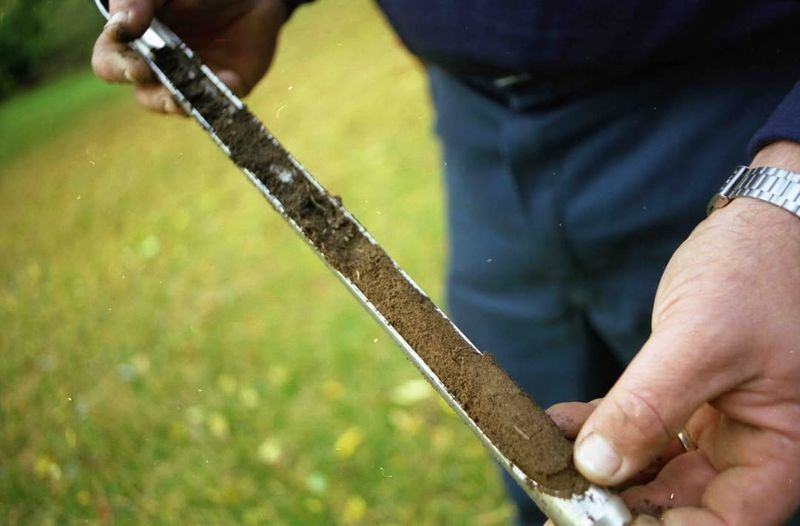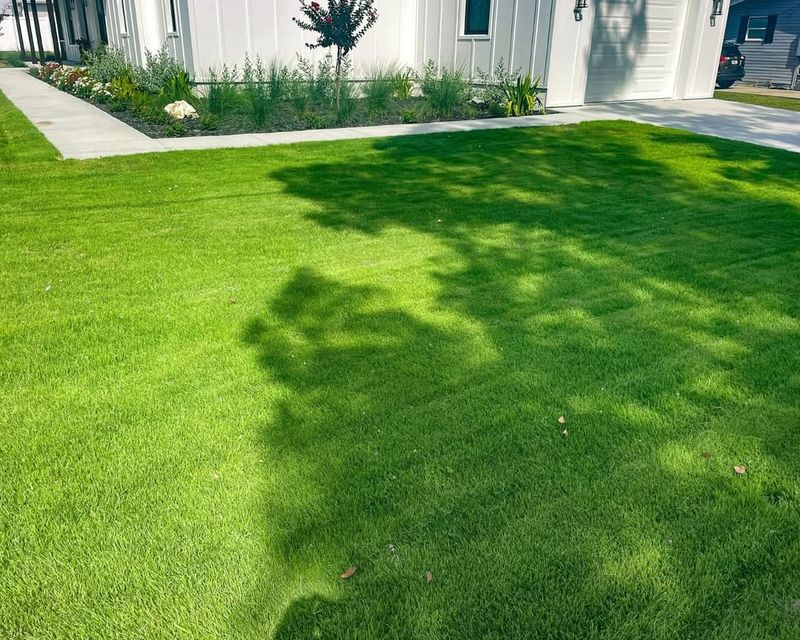Florida yards can bounce back in spring with color that stops traffic, but one key task before Christmas holds the secret. Skip it, and your lawn may wake up dull and worn-out. Do it, and you set the stage for turf that looks fresh, full, and ready to steal the spotlight.
This simple step works like a backstage pass for stronger roots and richer color once warm weather returns. Homeowners across the state swear by it for a reason, a small move now can spark a big payoff later, turning an ordinary yard into a true showpiece.
1. Fertilizing Before Winter Strengthens Grass Roots
Applying fertilizer before Christmas gives your lawn the nutrients it needs to build stronger roots during Florida’s mild winter months. Strong roots mean your grass can absorb more water and nutrients when spring arrives.
Think of it like eating a good breakfast before a big test. Your lawn stores energy underground, preparing for the growing season ahead. Without this boost, grass may struggle to green up quickly in March and April.
2. Winter Fertilizer Contains Special Nutrient Ratios
Not all fertilizers work the same way. Winter formulas have higher potassium levels, which help grass handle cold stress and disease better than regular fertilizers.
Potassium acts like a vitamin boost for your lawn, making it tougher against temperature drops and fungus problems. Nitrogen levels stay lower in winter blends because too much can cause weak, floppy growth that cold snaps easily damage. Choosing the right formula matters more than most people realize.
3. December Is Perfect Timing For Florida Lawns
Florida’s weather stays warm enough in December for grass to keep growing slowly, unlike northern states where everything goes dormant. This makes pre-Christmas fertilizing incredibly effective for our climate.
Your lawn can actually use those nutrients right away instead of just sitting there waiting. Grass roots stay active in our 60-70 degree soil temperatures. Waiting until January or February means missing this prime absorption window when your lawn can really benefit.
4. Spring Green-Up Happens Faster With Winter Feeding
Lawns that get fertilized before Christmas turn green up to three weeks earlier than unfed lawns when spring warmth arrives. That head start makes a noticeable difference in your yard’s appearance.
Your neighbors will wonder why your grass looks so much better while theirs stays patchy and pale. The stored nutrients from December give your lawn instant fuel when temperatures rise. It’s like having a turbo button for spring growth that activates automatically.
5. Proper Application Prevents Fertilizer Burn
Spreading fertilizer correctly matters just as much as choosing the right product. Too much in one spot creates brown patches instead of green grass.
Using a broadcast spreader ensures even coverage across your entire lawn without overdoing any area. Water your lawn within 24 hours after applying fertilizer to help nutrients soak into the soil. Skipping this watering step can leave granules sitting on grass blades, potentially causing damage rather than helping your lawn thrive.
6. St. Augustine Grass Benefits Most From Winter Feeding
Did you know St. Augustine is Florida’s most popular lawn grass? It responds incredibly well to pre-Christmas fertilizing because it stays semi-active during our mild winters.
This grass type can actually continue some growth when temperatures stay above 55 degrees, which happens frequently in Florida during December and January. Bahia and Zoysia lawns also benefit, but St. Augustine shows the most dramatic improvement. Your thick, carpet-like lawn will thank you with dense, healthy growth come springtime.
7. Soil Testing Reveals What Your Lawn Really Needs
Before grabbing any fertilizer bag, consider testing your soil to discover exactly what nutrients are missing. Many Florida soils lack specific minerals that generic fertilizers don’t address.
A simple soil test costs around fifteen dollars and tells you the pH level plus nutrient deficiencies in your yard. You might discover your lawn needs iron or magnesium more than standard fertilizer ingredients. This knowledge prevents wasting money on products your grass doesn’t actually need for optimal health.
8. Environmentally Friendly Options Protect Florida Waterways
Choosing slow-release or organic fertilizers helps protect Florida’s sensitive lakes, rivers, and coastal waters from nutrient runoff pollution. These products release nutrients gradually instead of all at once.
Heavy rains can wash quick-release fertilizers into storm drains, eventually reaching waterways where they cause algae blooms and harm fish. Slow-release formulas cost slightly more but stay in your soil longer, feeding your lawn while protecting the environment. It’s a win-win situation for your yard and Florida’s natural beauty.


